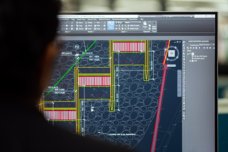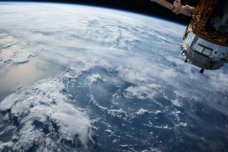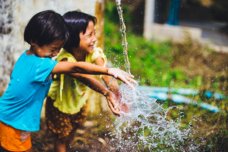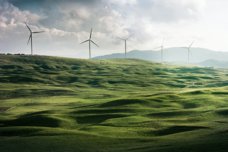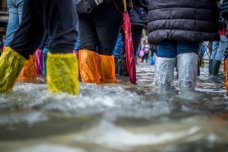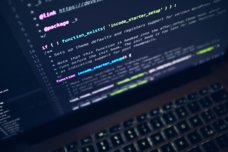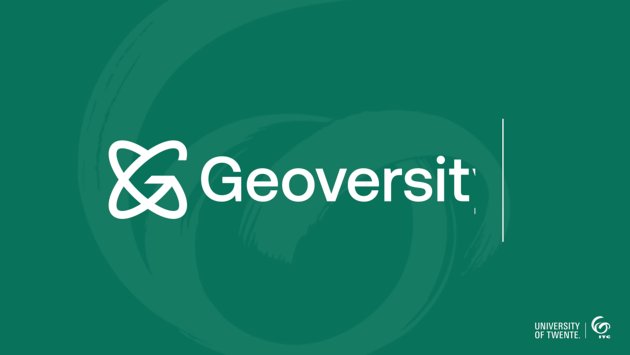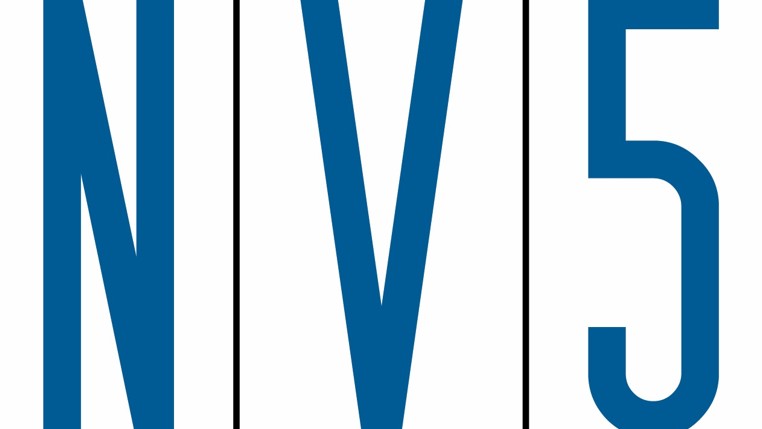Teaser
This course covers the basics of reflectance spectroscopy and the use of multi and hyperspectral remote sensing, with hands-on exercises and case studies to showcase their practical applications in identifying hydrothermal alterations and mineral deposits.
Gain knowledge on the latest sensors and software for remote sensing projects and explore opportunities to integrate this technology in the exploration and mining value chain, boosting your career and knowledge in the field of geology and mining.
Learning outcomes
After this course, you will be able to:
- Unit 1: Apply the concepts of reflectance spectroscopy to rocks and minerals.
- Unit 2-4: Interpret multi- and hyperspectral, proximal and remote sensing data to identify mineralogical information from rocks, rock faces, outcrops and land surfaces.
- Unit 1-4: Evaluate the advantages and limitations of the use of geological remote sensing for the mineral exploration and mining industries.
